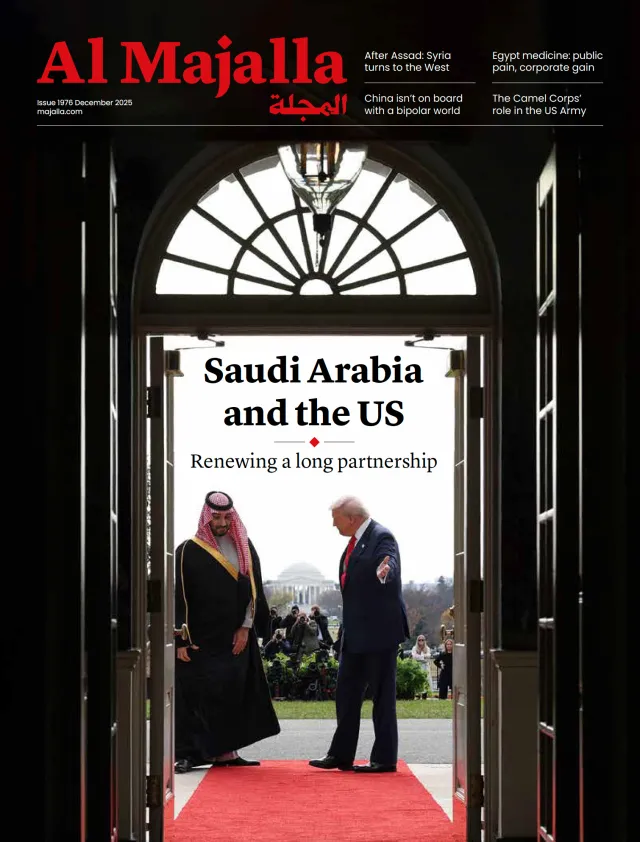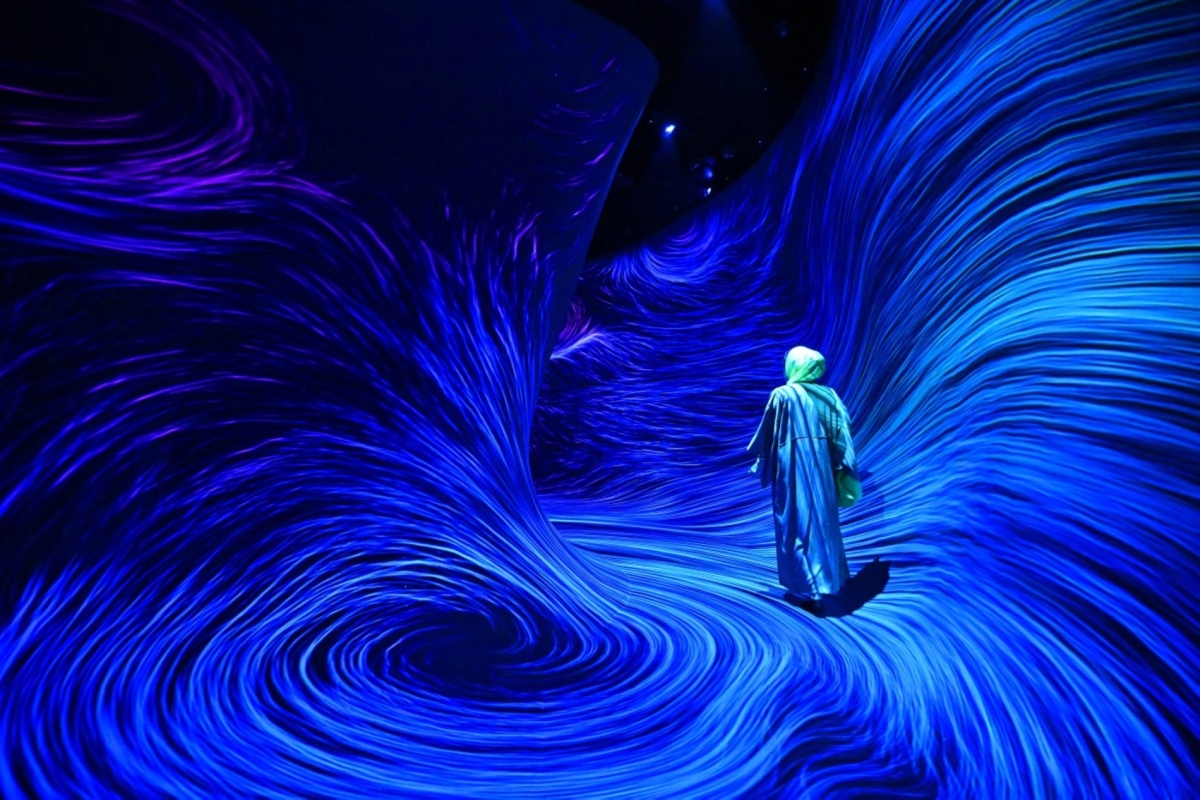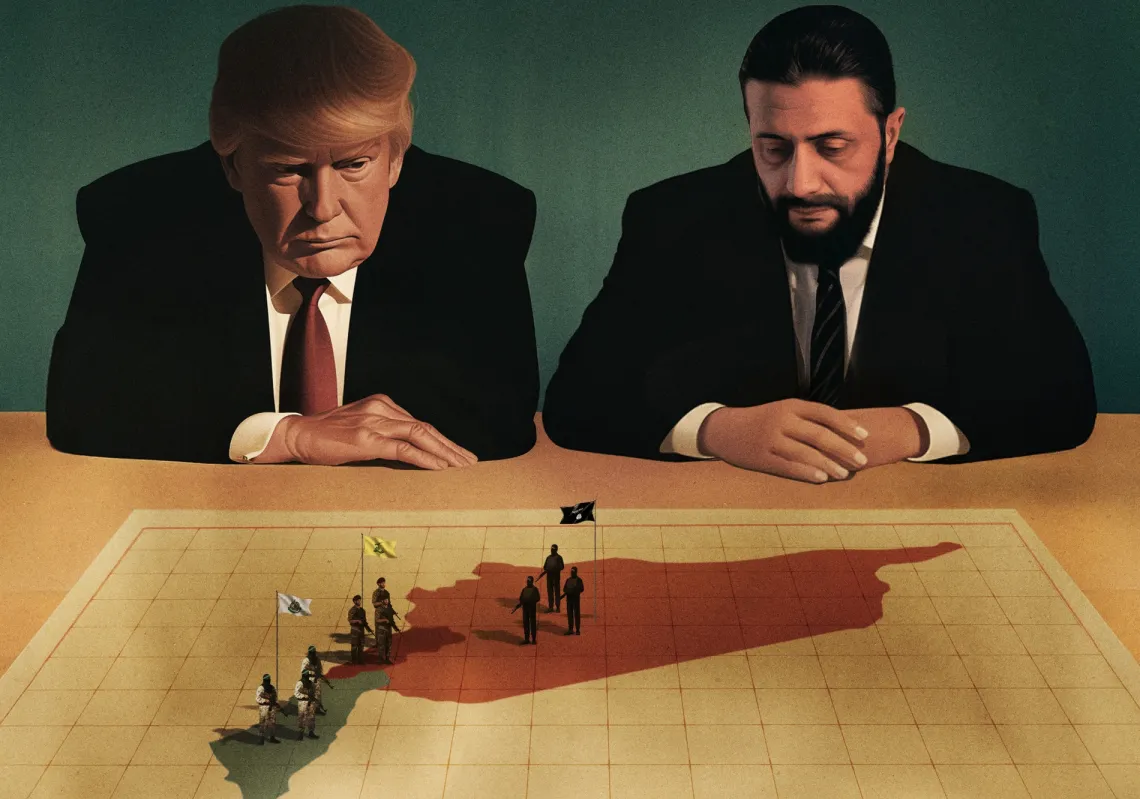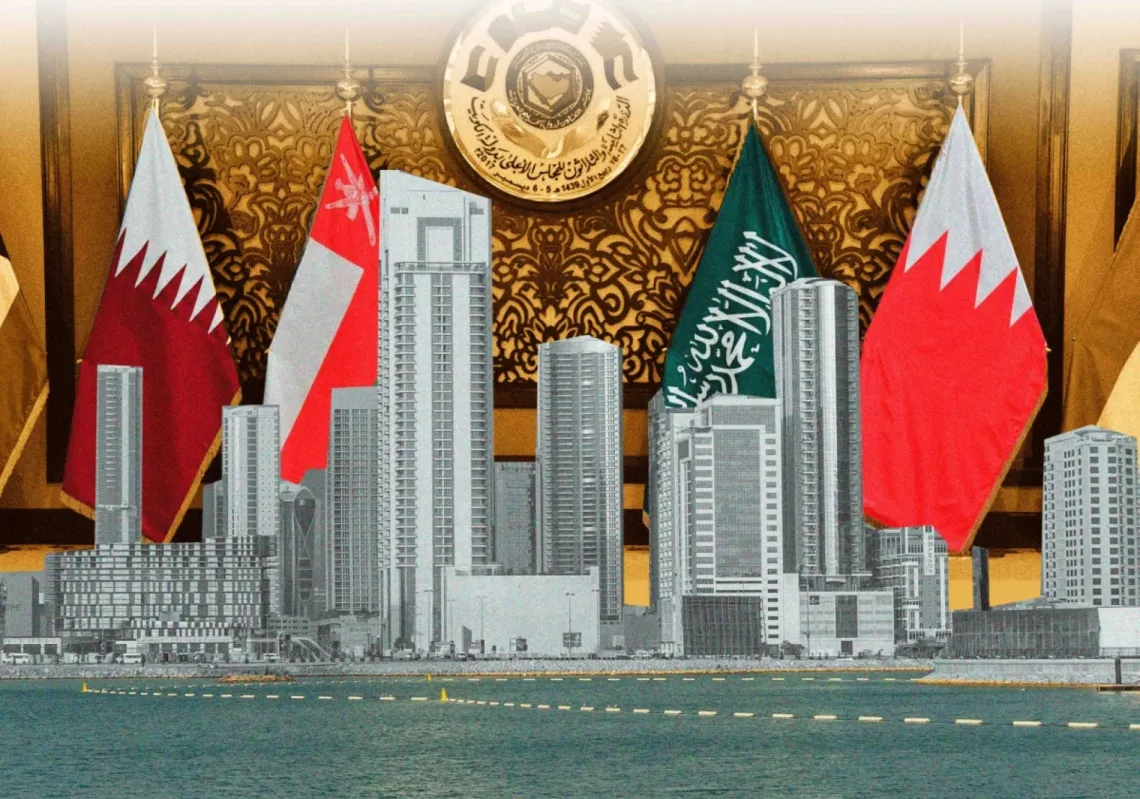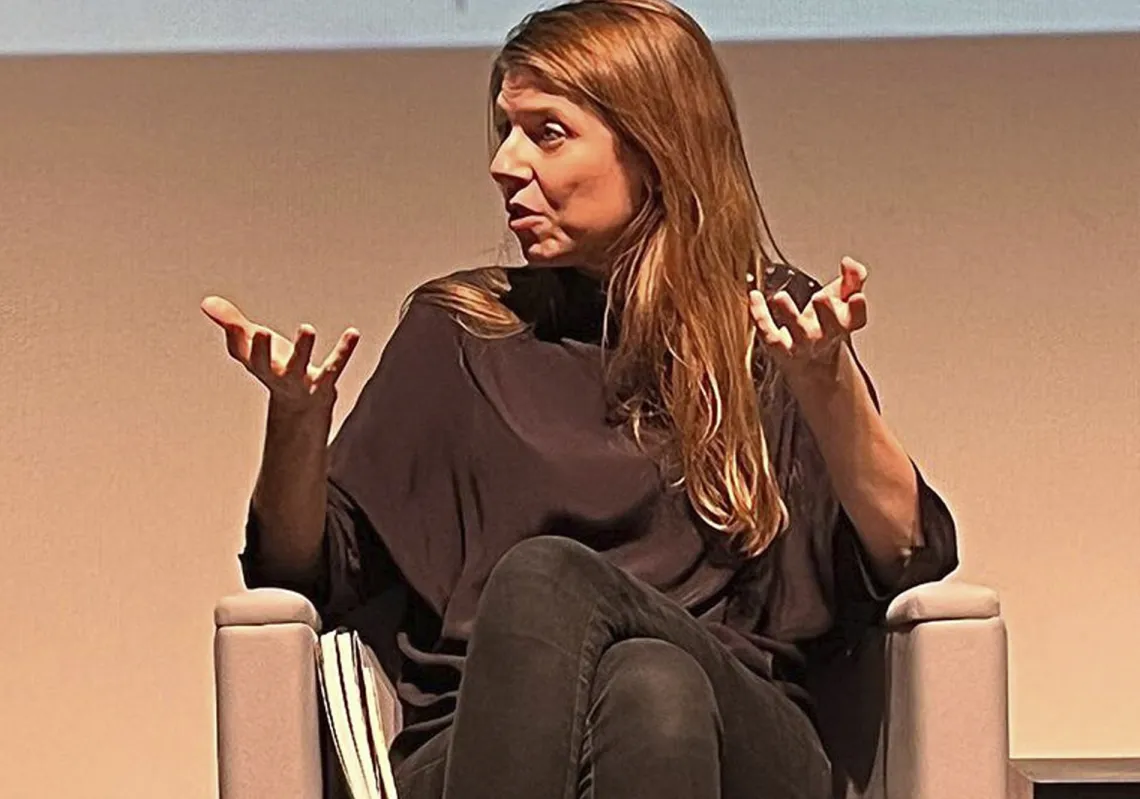Light conquers darkness, asserting its presence through infinite hues and forms, moving to rhythms that seem to come from distant realms. These rhythms lead the senses on a journey that might begin in the soil and rise into the sky. Here, the individual becomes part of the art. Coloured lights fall freely onto the body, transforming the person into a detail within a nature scene or a conduit for butterflies fluttering past him/her from every direction.
Nestled in the Cultural District on Saadiyat Island in Abu Dhabi, teamLab Phenomena offers an experience far removed from daily encounters. Among the titles found in the 17,000 square metre venue are “Biological Universe”, “Accumulated Time”, and “Continually Transforming Pathways.” These peculiar names serve as gateways to immersive experiences, with each installation engaging the five senses.
Since its founding in 2001, teamLab has embraced these possibilities through a multidisciplinary approach. This international collective, based in Tokyo, includes artists, programmers, engineers, computer graphics designers, mathematicians, and architects. Together, they explore the connections between art, science, technology, and nature. Their work reflects a continuous effort to understand the relationship between the self and the world, expanding the boundaries of human perception.
The piece “From the Waves” moves beyond the idea of optical illusion. It becomes real within the physical space that includes the viewer's body. Waves surround the visitor, adding layers of sensory experience. The viewer’s presence merges with the carefully choreographed lights to create a unified and dynamic illusion.
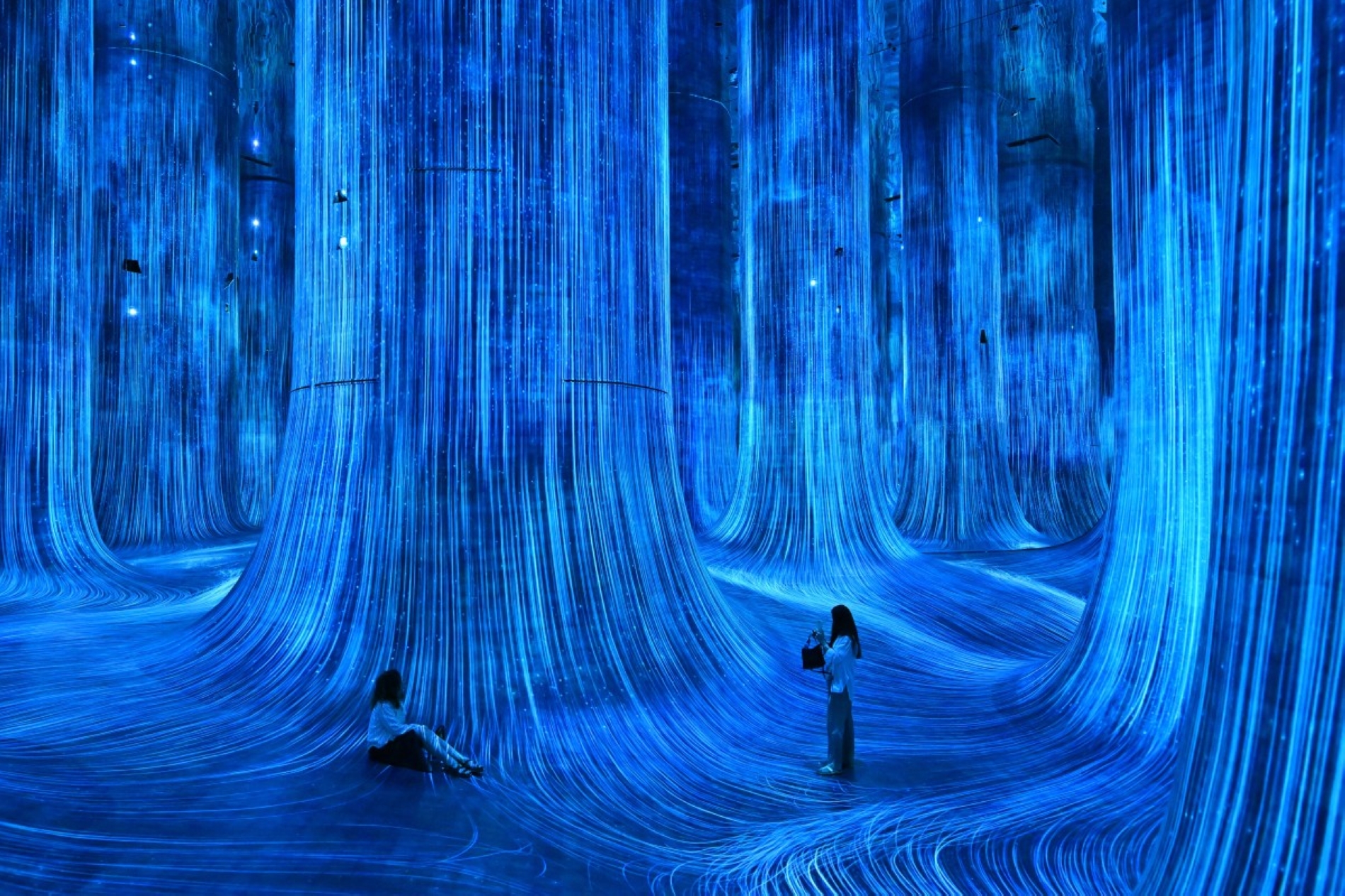
In the work “Shape of Wind”, the invisible movement of air becomes visible. It flows in harmony with the shapes of people and the space they occupy. This interaction creates a continuous response to other moving elements in the environment. The piece consists of countless responsive particles that draw glowing lines as they move. These lines are not imaginary. They occupy the same space as the viewer’s body. The wind becomes a living sculpture, shaped by perception and filled with motion.
The camera captures images, and perspective technology creates three-dimensional scenes on flat surfaces. These visuals produce illusions that separate the viewer from their physical surroundings.
The piece “Floating Resonating Lamps” introduces a different relationship, this time with water. Lamps float gently on the surface, swaying with a steady rhythm. Visitors leave their shoes outside and walk barefoot into shallow water that rises over their legs. In doing so, they become part of the work. This is one of three installations placed in water-filled rooms.
When visitors approach or touch the softly moving lamps, the rhythm and brightness change. These changes ripple through the water and bounce off mirrored surfaces. The mirrors reflect other mirrors, multiplying the image of the visitor. The lamps also appear to increase in number and slip just beyond reach, as if always a little farther than the visitor can push them. They glow and emit musical tones that follow one another in a sequence of light and sound.
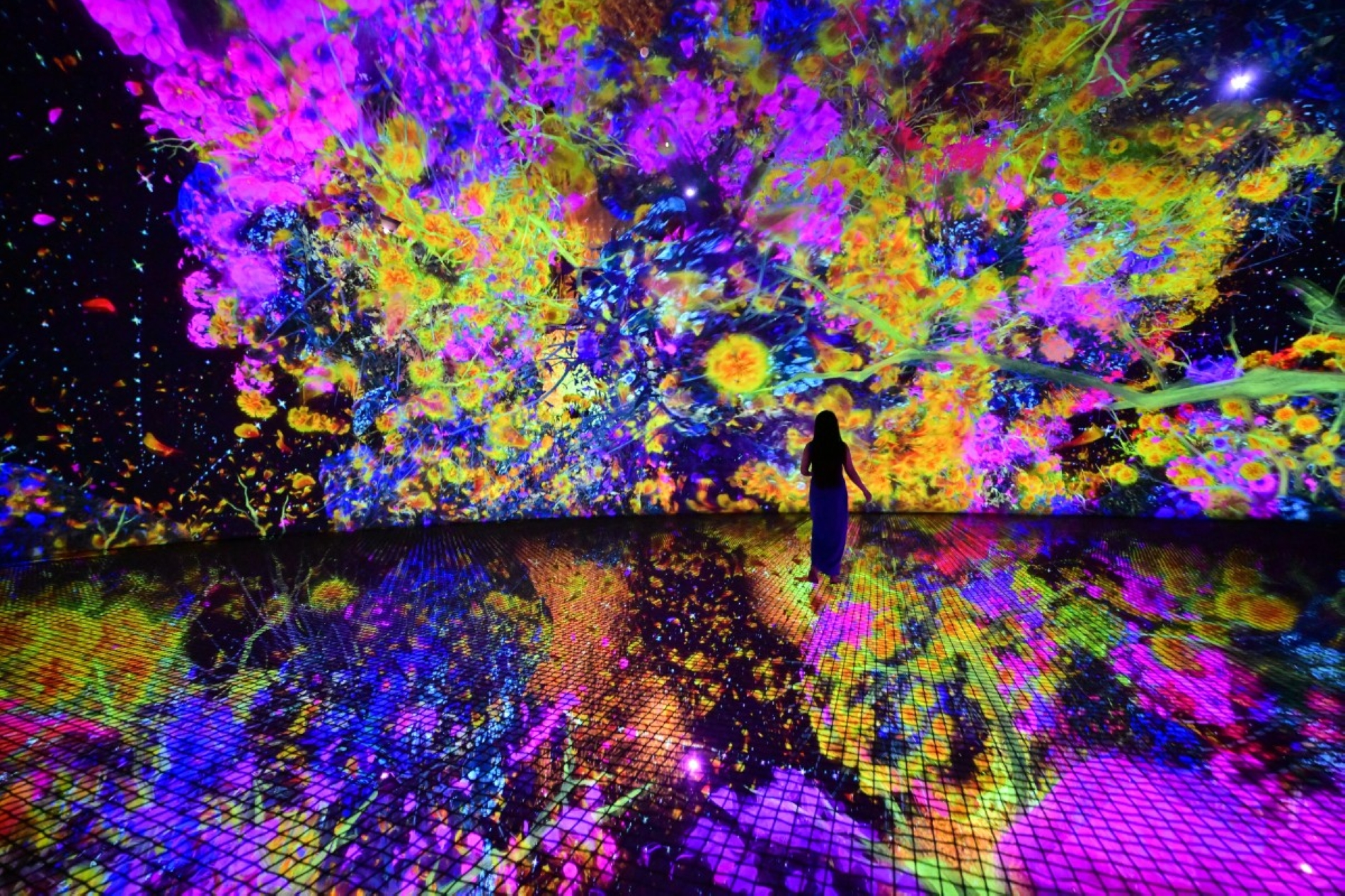
This installation seems spontaneous and orderly at the same time. It expresses teamLab’s idea of harmonious rhythms. These rhythms unfold with extreme precision, like a clock’s pendulum or a person's heartbeat. The work encourages reflection on systems found in nature and the body. Whether physical, biological, neurological, or environmental, their regular rhythm brings comfort. When disrupted, the change signals that something is wrong.
In the installation “Universes in the Making", visitors enter a circular room where the ground beneath their feet seems to turn in a circular motion, as if suspended in space. The floor is made of woven metal threads. Light passes through these threads in harmony with music, forming patterns that resemble cosmic orbits. The motion of light contributes to a deep feeling of vastness.
Light plays a central role throughout teamLab’s work. It invites viewers to look beyond the surface of objects. This idea is fully realised in the piece “Living Crystalline Light.” The artwork offers a new experience that goes beyond physical substance. It remains unchanged when touched. Only through reflection does the viewer realise it is actually water. The piece does not exist independently. It emerges from the conditions around it.
In this way, the artwork is released from material boundaries. It becomes a reflection of its surroundings. Elements like air, water, and light are transformed by their environment into phenomena that form the actual artwork. It cannot be separated from its context. It adapts and transforms in response to the natural elements that make it. Though it can be reshaped by outside forces, removing the environment destroys it completely. Its edges remain unclear. It blends with its surroundings and disappears into them.
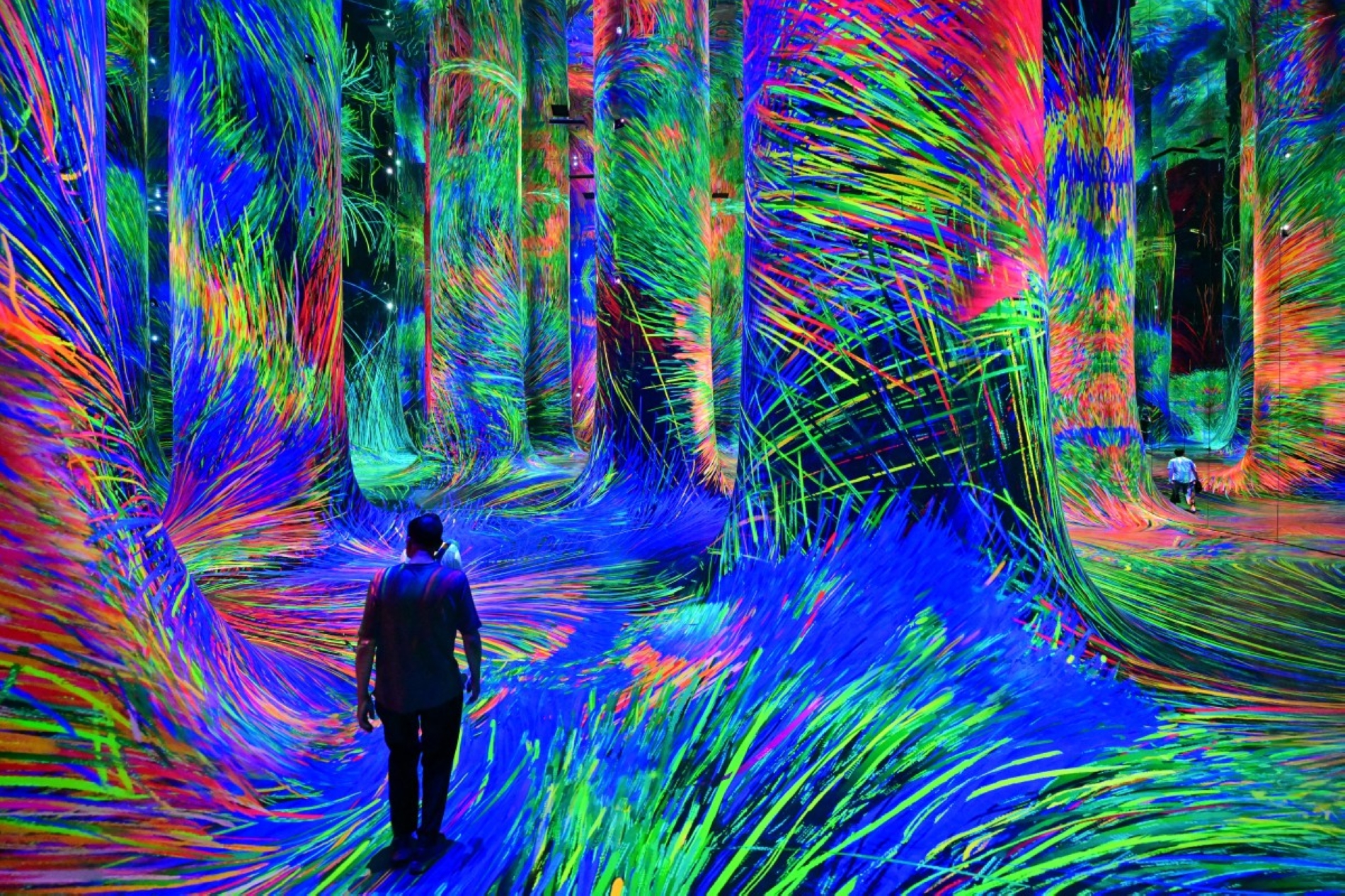
As time passes, the viewer’s attention shifts from the artwork itself to the surrounding space. Its shape and colour change constantly with movement. Each viewing becomes a personal experience. What one person sees will differ from what another sees, even if they are side by side. The artwork does not exist in a fixed physical space. It is shaped within the viewer’s own perception. These are known as perceptual sculptures. They exist only through perception. If the viewer sees them, they are real. If not, they remain hidden in the space of possibility.
TeamLab's artistic vision has earned it distinction around the world with permanent collections now found in major art institutions around the world. These include the National Gallery of Victoria in Melbourne, the Art Gallery of New South Wales in Sydney, the Art Gallery of South Australia in Adelaide, the National Gallery of Australia, Amos Rex in Helsinki, the Museum of Contemporary Art in Los Angeles, the Asian Art Museum in San Francisco, and many others.

